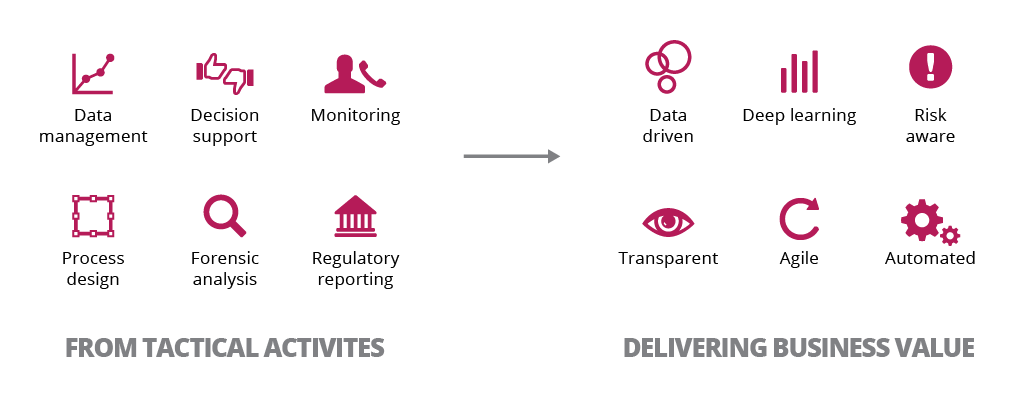Digital innovation
Financial Services 2025: How to Grow in the Challenging Years Ahead


Disclaimer: The statements and opinions expressed in this article are those of the author(s) and do not necessarily reflect the positions of Thoughtworks.
